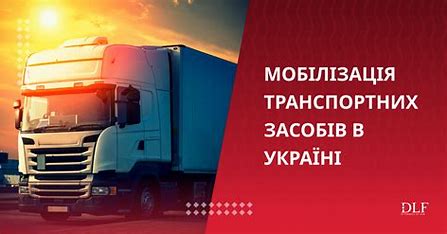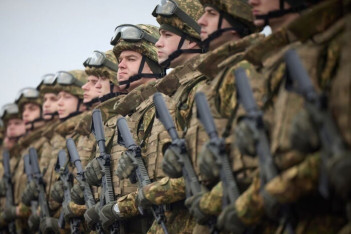lawyer, 23 years of experience in enforcement.
Mobilization of vehicles: from whom and under what conditions can a car be seized?
It is common knowledge that the law (No. 10449) regarding mobilization and military service became effective on May 18, 2024. One aspect of this legislation pertains to the requisitioning of vehicles owned by civilians to fulfill the requirements of the Armed Forces.
I am attentive! This particular clause in the Law does not pertain to individuals who possess only a single vehicle.
The concept of vehicle mobilization refers to the process of Ukrainians offering their buildings, structures, vehicles, and other assets to the Armed Forces of Ukraine and other military groups during mobilization, with the promise of reimbursement. This requirement was also present in the previous mobilization law, which allowed for the mobilization of vehicles belonging to enterprises, organizations, and individuals. The specific quantities and types of vehicles to be utilized during mobilization by enterprises, institutions, and organizations of all ownership forms are determined by local state administrations, in accordance with the Mobilization Plan of Ukraine. In certain cases, the vehicle may be seized by the Territorial Centers of Procurement and Social Support (TCC and SP), the Security Service of Ukraine (SBU), or the Main Intelligence Directorate (GUR) based on decisions made by local state administrations.
The individuals from whom a car can be seized are Ukrainian citizens who possess multiple vehicles. In order to meet the requirements of the Armed Forces, a car's suitability for defense purposes is evaluated before its market value is determined. Only cars that are deemed more appropriate for defense needs will be taken. It is important to note that individuals who own only one car will not have their vehicle confiscated. Furthermore, even in cases where a car serves as the sole means of survival, it will not be seized. Specifically, this applies to trucks that are capable of transporting ammunition, personnel, and specialized equipment in rugged terrain.
Before removing the car, he provided a more detailed explanation of how the algorithm should function. The military establishes requirements for the vehicles they need, and then mobilization orders for these vehicles are generated within the specified parameters in various regions. These orders are recorded with the TCC and have the potential to be revoked. However, it should be noted that this does not guarantee their removal, as passenger vehicles are not included in such orders, according to F. Venislavsky's clarification. Once demobilization is announced, the vehicle must be returned to its owner within a 30-day timeframe. The process for compensating any damages incurred by the vehicles is determined by the Cabinet of Ministers.
The Laws of Ukraine "On Mobilization Training and Mobilization" dated October 21, 1993 No. 3543-XII, along with the legislation titled "On Transfer, Forced Alienation or Seizure of Property in Conditions of Martial Law or a state of emergency" dated May 17, 2012 No. 4765-VI, and the resolution of the Cabinet of Ministers of Ukraine dated October 31, 2012 No. 998, regulate the process of forced alienation and seizure of property under martial law or mobilization of vehicles. These laws also outline the procedure for considering applications and providing full compensation for property that has been forcibly alienated under the legal regime of martial law or a state of emergency.
Therefore, in order to obtain the drafting of documents that will be the basis for further compensation or the return of the mobilized property, it will be advisable to obtain legal services. A lawyer or an attorney will make a legal analysis of the situation and a lawyer's consultation will help, in the best case, to preserve the property, or to receive compensation for the confiscated property, and if necessary, to start a Court proceedings.
































